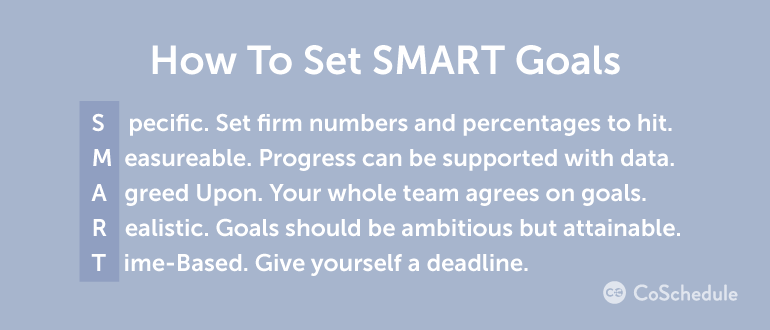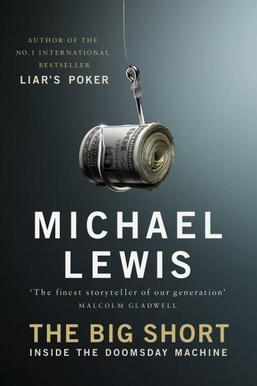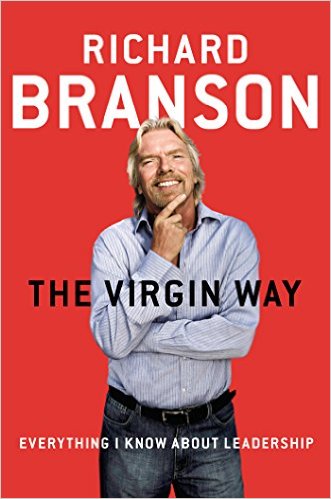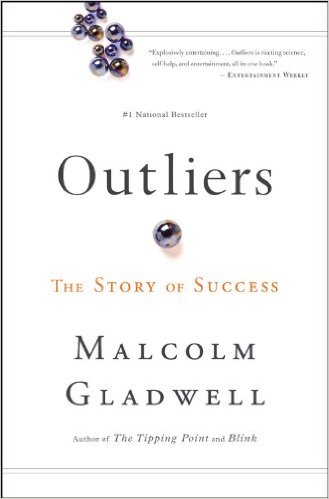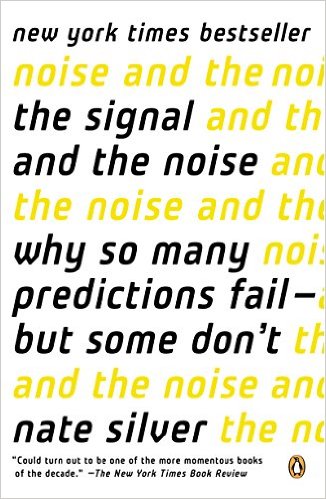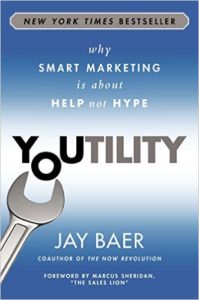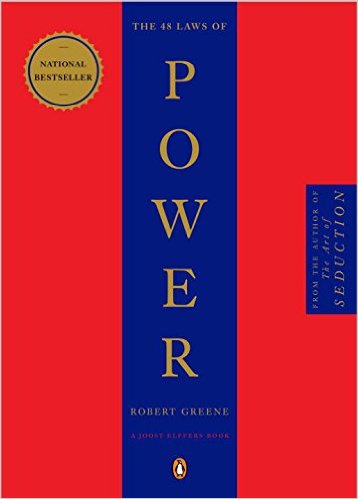Marketing Strategies for Startups: Launching a startup is a journey filled with opportunities, challenges, and the need to stand out in a crowded marketplace. One of the crucial aspects of this journey is strategic marketing—how you tell your story, find customers, attract your audience, and drive growth. At Mainsail Agency, we’ve helped businesses of all sizes turn their visions into well, business. Here are some proven strategies to set your startup up for success.
0. FIND YOUR CUSTOMERS.
Are they excited about your idea. great. Are they still excited when you ask them to buy? You REALLY REALLY need to find out. This is a crucial first step in ANY entrepreneurial journey. And sometimes the hardest. Find and define customers who would pay for your product/service FIRST. And before you go too far down any path.- or commitment.
Resource List: Strongly Recommended
FREE MIT ONLINE ENTREPRENEURSHIP COURSE
1. Define Your Unique Value Proposition (UVP)
Your UVP is what sets you apart from competitors. It’s the reason customers choose you over others. To craft a compelling UVP:
- Identify the problem your product or service solves.
- Highlight the unique benefits you offer.
- Keep it concise and clear.
Example: Instead of saying, “We sell fitness equipment,” say, “We provide tailored home fitness solutions saving you time and space.”
2. Build a Strong Online Presence
Your storefront in today’s world. Focus on:
- A Professional Website: Ensure it’s user-friendly, mobile-optimized, and highlights your services and story.
- SEO Optimization: Use targeted keywords to rank higher on search engines. For startups, local SEO can be particularly impactful.
- Social Media Channels: Engage with your audience where they spend time. Tailor content to platforms like LinkedIn, or dealer’s choice based on your target demographics.
3. Leverage Content Marketing
Educational and engaging content establishes trust and positions you as an industry expert. Consider:
- Blogging about industry trends and solutions your product offers.
- Creating video tutorials or behind-the-scenes content.
- Hosting webinars or live Q&A sessions.
Pro Tip: Use storytelling (another post) to make your content relatable and memorable.
4. Utilize Paid Advertising Wisely
Paid ads can accelerate your visibility, but it’s essential to allocate your budget effectively. Start with:
- Google Ads: Target customers actively searching for solutions you provide.
- Social Media Ads: Reach niche audiences with highly targeted campaigns.
- Retargeting Campaigns: Re-engage users who visited your website but didn’t convert.
- P.S. These can be super tricky and expensive if not handled correctly. Mainsail can help.
5. Network and Collaborate
Building relationships can significantly impact your growth:
- Join Industry Events: Attend conferences, trade shows, and meetups.
- Partner with Complementary Businesses: Co-market products or services to broaden your reach.
- Engage in Online Communities: Offer value in forums or social media groups where your audience gathers.
6. Track Metrics and Optimize
Marketing without data is like sailing without a compass. Use tools like Google Analytics or HubSpot to:
- Monitor website traffic.
- Analyze the performance of marketing campaigns.
- Understand customer behavior.
Constantly refine your strategies based on insights to maximize your ROI. At Mainsail Agency, we specialize in creating strategic dashboards that provide clear, actionable insights, helping you make data-driven decisions with confidence.
7. Focus on Customer Experience
Your first customers are your best advocates. Deliver an exceptional experience by:
- Providing stellar customer service.
- Asking for and acting on feedback.
- Encouraging reviews and testimonials to build credibility.
The Call to Action: Ready to Elevate Your Marketing Game?
Whether you’re just starting out or looking to take your startup to the next level, Mainsail Agency is here to guide you. As an analytics-focused agency, we consult, craft strategic dashboards and use data to drive your marketing success. Visit Mainsail Agency or call us at (888) 795-0279 to discover how we can help you develop marketing strategies that drive results.
Let’s chart a course for your startup’s success—together!
[pmwarner.com is partnered with Mainsail]



